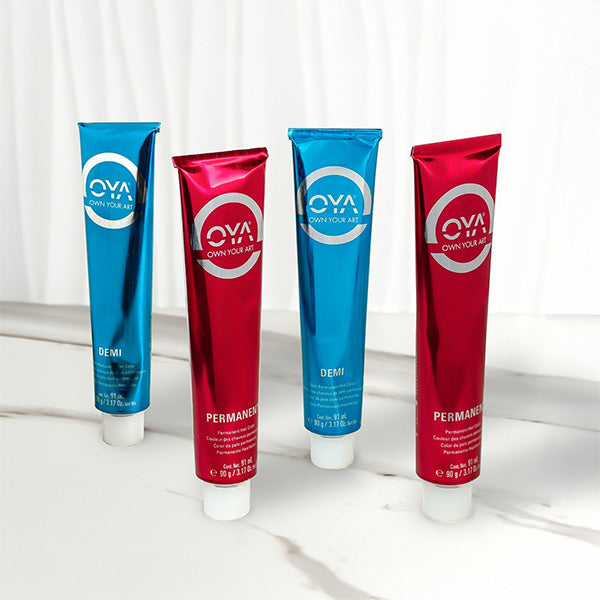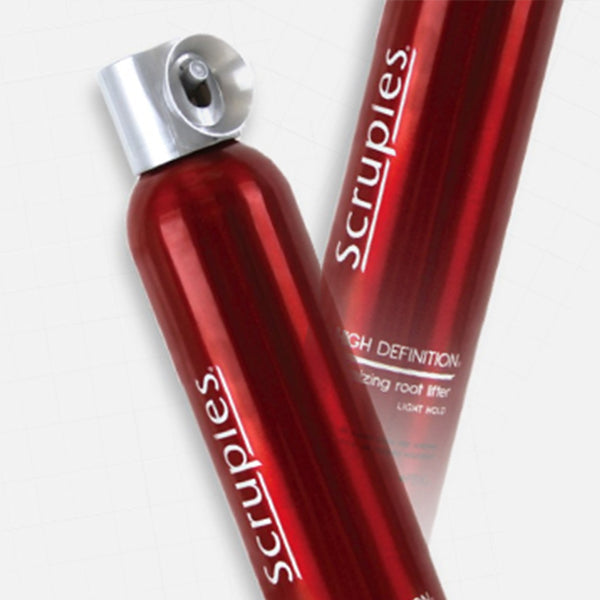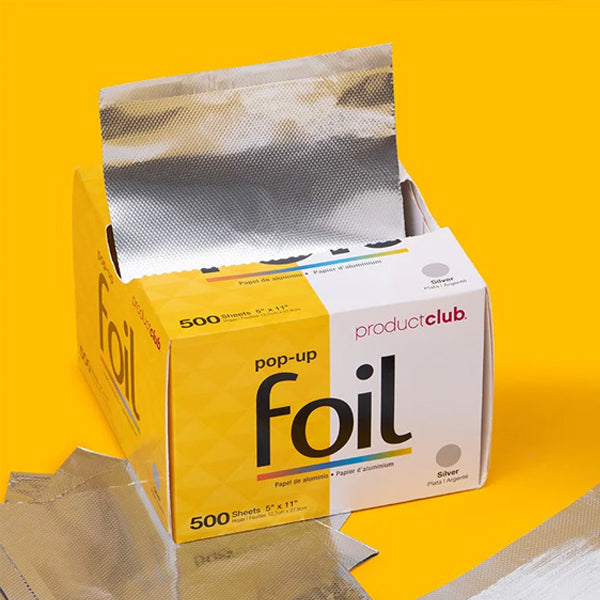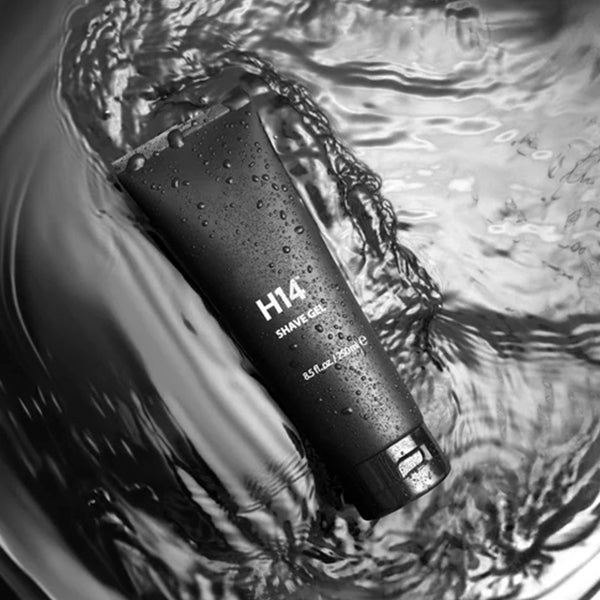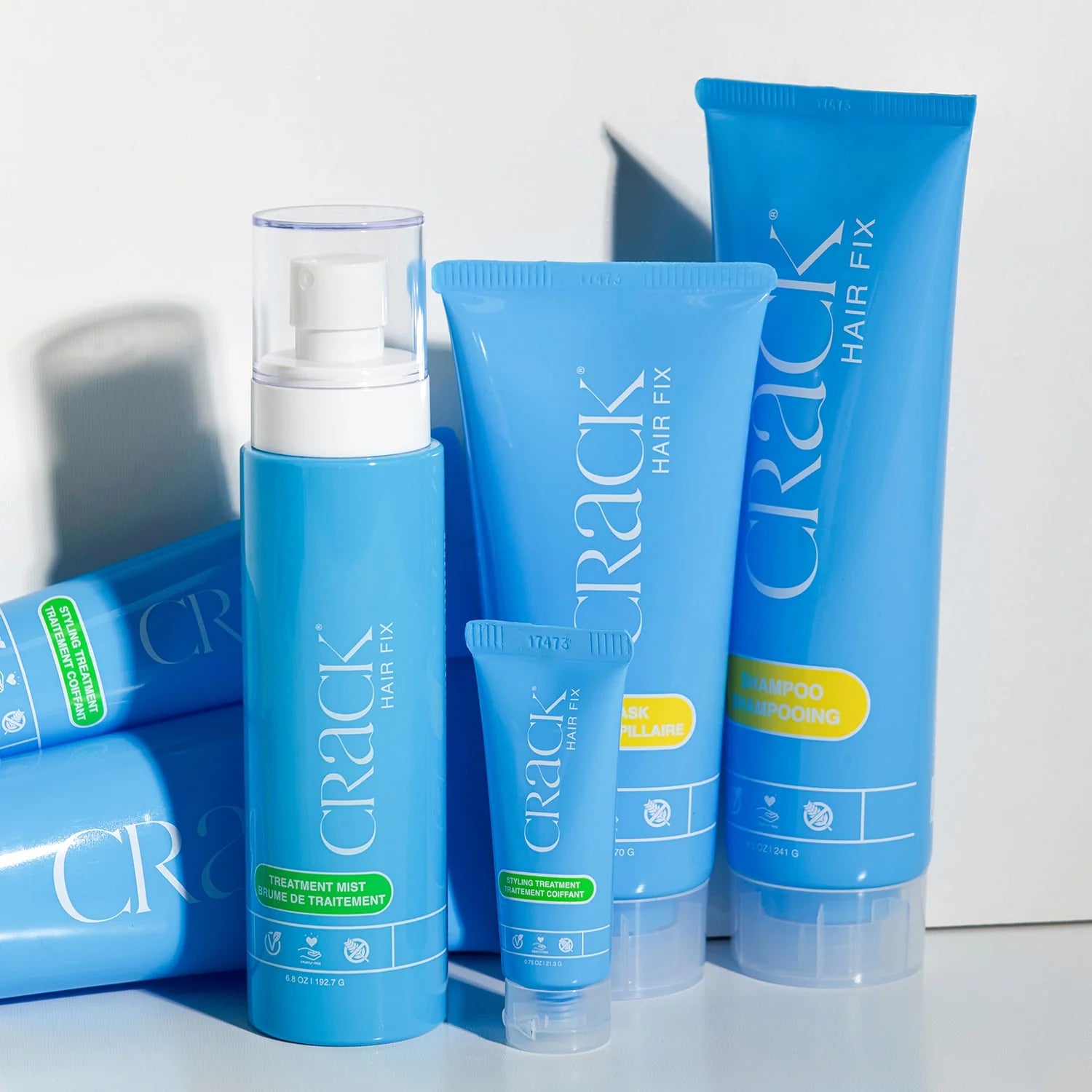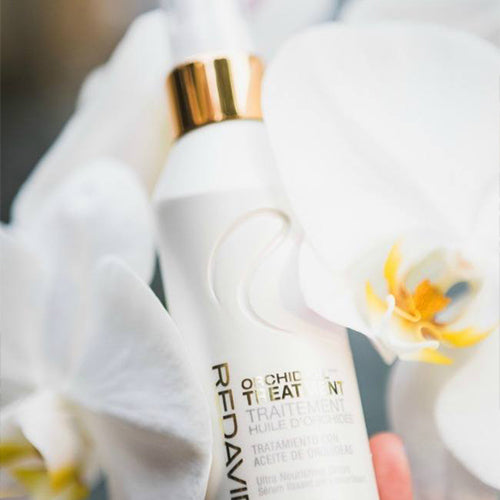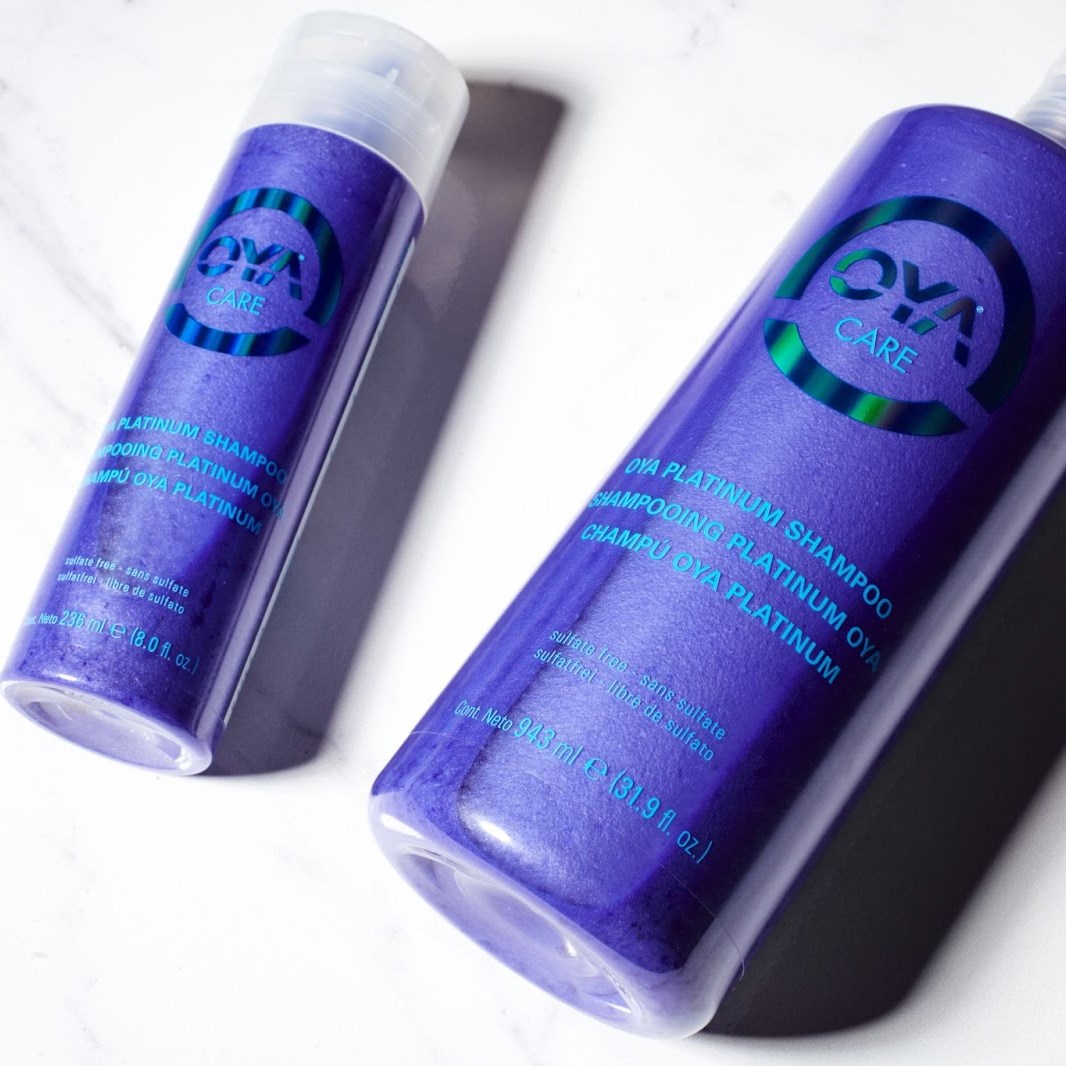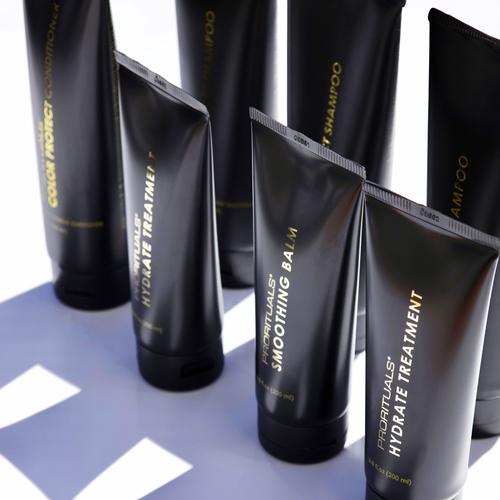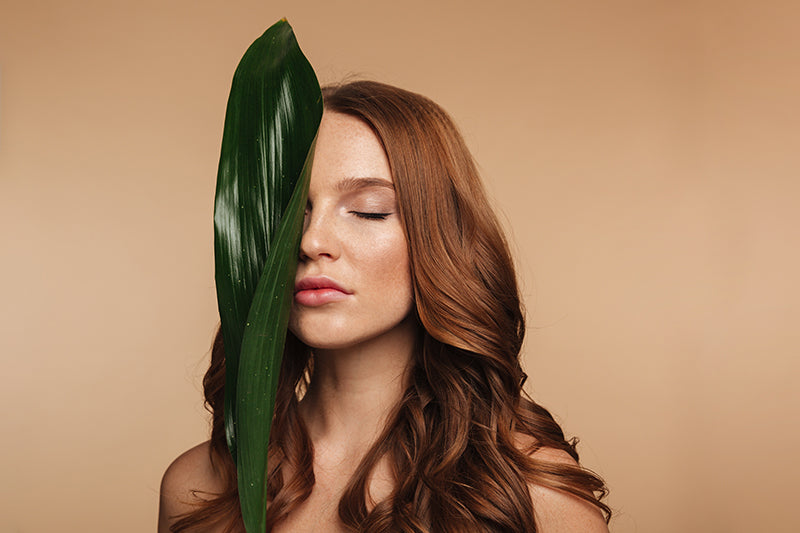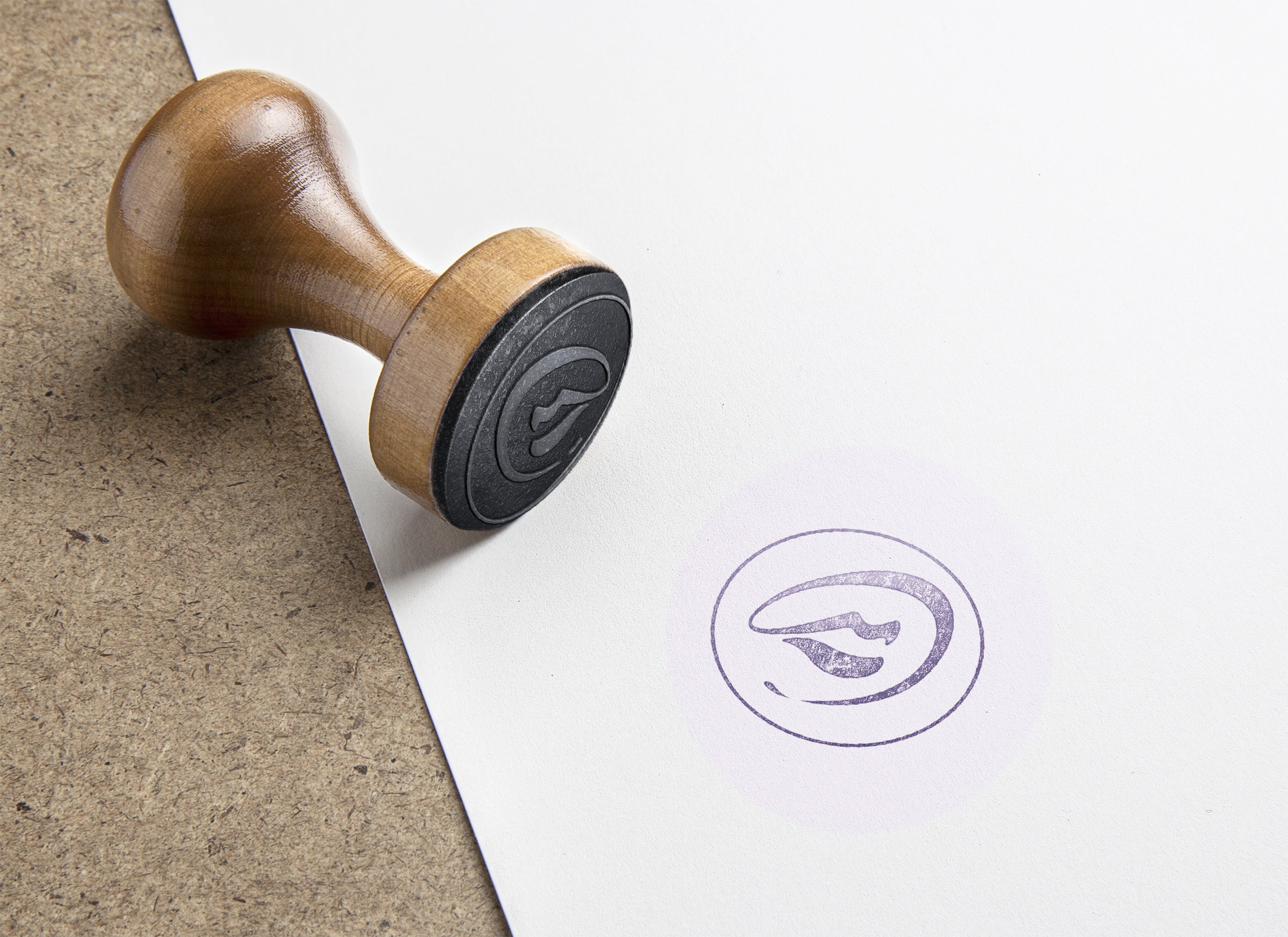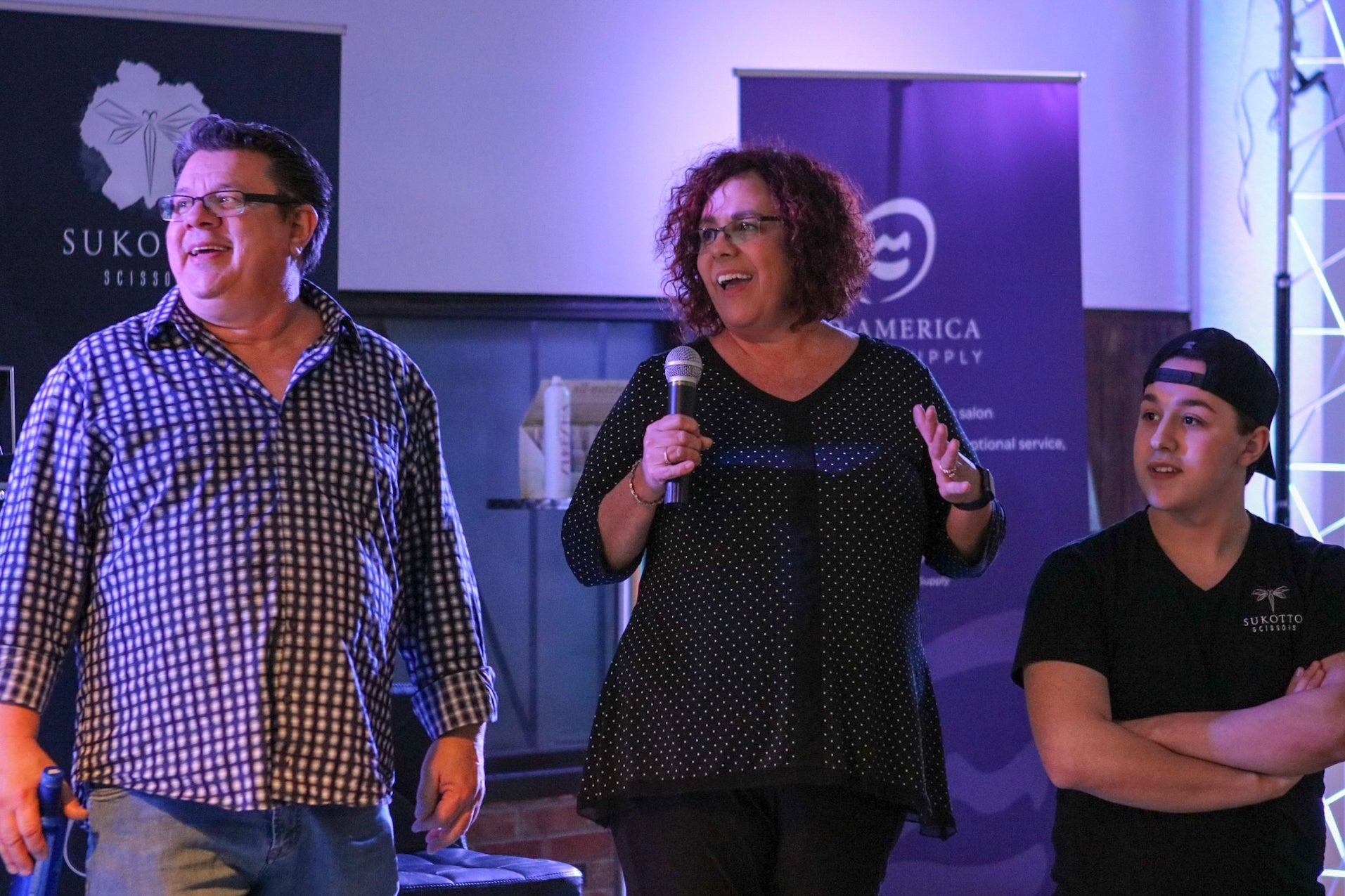The Undertone Trap: Why Some Levels Always Fade Warmer Than Others
Every stylist knows the frustration: a client leaves with the perfect neutral or ash tone, only to return a few weeks later with warmth shining through. It’s not always about products or technique—it’s about undertone. Certain levels are genetically and chemically predisposed to reveal warmth, no matter how carefully you formulate. Recognizing these “trap levels” helps you set realistic expectations and build smarter formulas that last.
The Science Behind Undertones
Natural hair contains underlying pigment that becomes visible once the cuticle is opened or melanin is oxidized. Even when you tone over it, that pigment doesn’t disappear—it just gets masked. As the toner fades, the underlying warmth resurfaces.
The Trap Levels
-
Level 5 (Light Brown): Strong red/orange undertone. This level almost always fades to warmth because the underlying pigments are both deep and dominant.
-
Level 6 (Dark Blonde): Orange undertone. Neutralizing orange requires strong blue pigment, which fades quickly with shampoo, heat, and sun exposure.
-
Level 7 (Medium Blonde): Yellow/orange undertone. Popular with clients wanting “beige” or “ashy” looks, but the balance here is fragile—yellow plus even a hint of orange resurfaces fast.
These levels are often where stylists fight the hardest to keep tone stable, and where clients most notice a shift.
Why They Fade Warmer
-
Molecule Size: Blue and violet pigments (used to neutralize warmth) are smaller and rinse out faster than red/orange/yellow molecules.
-
Porosity: Lightened hair grabs toner fast but also releases it quickly, leaving behind only the undertone.
-
Client Lifestyle: Heat styling, frequent washing, and sun exposure accelerate pigment loss.
Smart Strategies for Stylists
-
Over-Tone With Intention: Formulate one step cooler than the target tone, knowing warmth will resurface.
-
Use Layered Pigments: Mix tonal families (e.g., blue + violet) to combat multiple undertones simultaneously.
-
Pre-Tone Before Final Glaze: Apply a targeted neutralizer first (blue-violet for L6, violet for L7), then overlay with the desired finish tone.
-
Educate Clients on Maintenance: Purple/blue shampoos, cooler water temperatures, and UV protectants extend tone longevity.
Client Communication
Clients often think their color “went wrong” when warmth returns. Clear communication reframes the expectation:
“At this level, your hair naturally wants to show warmth. My job is to neutralize it, but as the toner fades, it will resurface. With the right maintenance plan, we can keep it controlled.”
The undertone trap isn’t a mistake—it’s biology. Mastering it means understanding which levels are prone to warmth, adjusting your formulas, and teaching clients how to maintain results at home. By acknowledging the inevitability of warmth and working with it—not against it—you elevate both your color work and your credibility.


